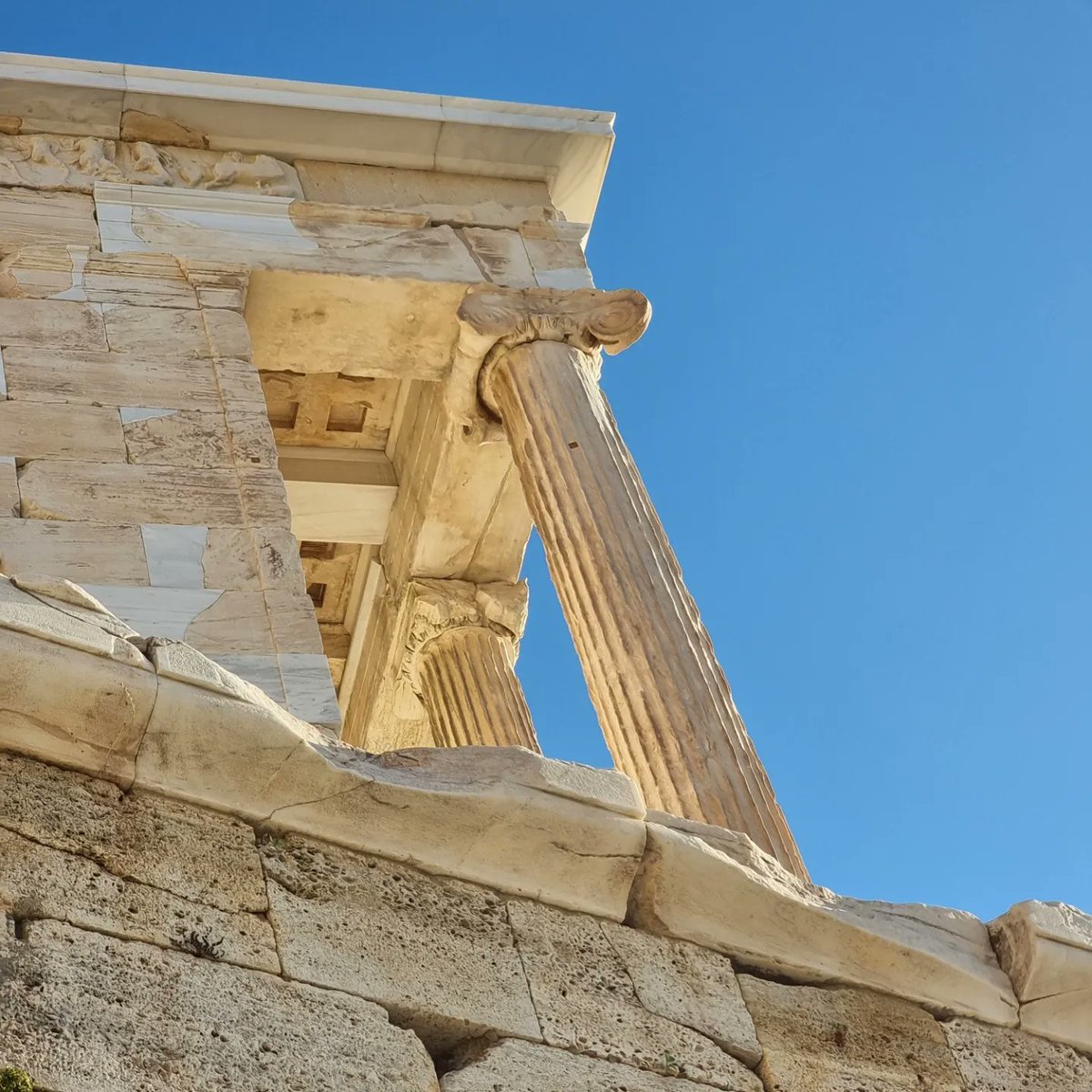
The entry point to the Acropolis through the Propylaeum controls your first view of the Parthenon.
Everyone's first view of the Parthenon (up close) is this one. This was how it was designed to be seen.
#Parthenon #Acropolis #Athens #Greece #parthenonmarbles #greekarchitecture
Everyone's first view of the Parthenon (up close) is this one. This was how it was designed to be seen.
#Parthenon #Acropolis #Athens #Greece #parthenonmarbles #greekarchitecture

The positioning of the buildings on the Acropolis may be less haphazard, than it first appears.
The three primary buildings (Propylaeum, Parthenon & Erechtheion) are arranged based on a system of rays giving an optimum view of the façade of the Parthenon.
The three primary buildings (Propylaeum, Parthenon & Erechtheion) are arranged based on a system of rays giving an optimum view of the façade of the Parthenon.

From this vantage-point, the outermost limits of the other two buildings form an angle of 60 degrees, and the three points form an equilateral triangle, a geometric form that is also associated with Athena.
Some argue that this is coincidence, but combined with all the other optical refinements on the site, that is a lot of geometric coincidences.
One other thing of note is that although the long side of the Parthenon is very different in length to the short side, from this point both sides take up the same length in your field of view (despite you knowing that they are different lengths).
The north and west facades are presented as equals - but only for a brief moment before your architectural promenade through the site continues.
• • •
Missing some Tweet in this thread? You can try to
force a refresh















